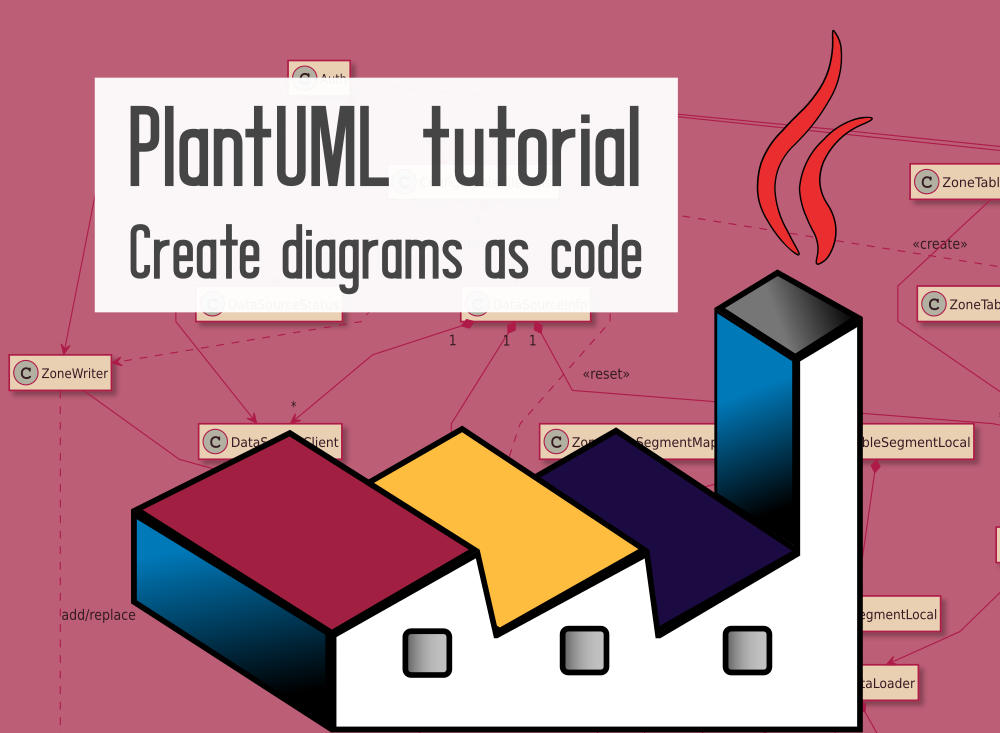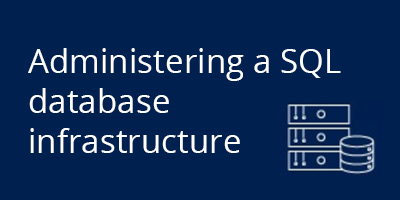Description
Cisco DevNet Professional certification reflects specialised knowledge regarding designing and developing applications using Cisco APIs and platforms.
1: Understand Distributed Application Architecture
- Evaluating Aspects of an App
- Latency Considerations
- Maintainability Considerations
- Observability Considerations
- Summarizing Application Aspects
2: Diagnose Problems With An Application Given Logs Related To An Event
- Introducing the World of Data
- Real Talk: Data, The Estate, and Job Roles
- The Relational Database
- The Document Database
- The Columnar Database
- The Time-Series Database
- Summarizing Database Solutions
3: Understand Application Architectural Patterns
- Introducing Application Architectures
- How Apps Work
- The Monolith
- Service-Based Applications
- Microservices Architectures
- Event-Driven Applications
- Summarizing Application Architectures
4: Utilize Advanced Version Control Operations with Git
- Introducing Advanced Git Operations
- Merge
- Handling Merge Conflicts
- Git Checkout
- Git Reset (Staging)
- Git Reset (Commit)
- Git Revert
- Summarizing Advanced Git Operations
5: Explain and Use Release Packaging and Dependency Management with PyPi
- Introducing Release Packaging
- The Requirements.txt File
- Create a Release Packaging Environment for PyPi
- Set Up Package Files for Distribution
- Packaging and Releasing to PyPi Test
- Validating the Package
- Summarizing Package Releasing
6: Create an API Sequence Diagram with PlantUML
- Introducing Sequence Diagrams
- What Sequence Diagrams Are
- Getting PlantUML
- Creating Our Diagram Pieces
- Connecting Our Diagram Pieces
- Summarizing Sequence Diagrams
7: Understand the Challenges of Consuming APIs
- Understand the Challenges of Consuming APIs
- Synchronous vs. Asynchronous APIs
- Creating an Asynchronous API Call in Python
- Handling HTTP Error Codes
- Implementing a Backoff Script
- API Challenges Summary
8: Optimize APIs with HTTP Caching
- Optimize APIs with Caching
- Where Caching Happens
- Using Headers to Specify Caching
- Building Cache-Aware APIs
- Optimize APIs with Caching Summary
9: Support Pagination with RESTful APIs
- Support Pagination with RESTful APIs
- Good Pagination Techniques
- Pagination Styles
- Implementing a Pagination Client
10: Understand OAuth
- Understanding OAuth2
- Diving into OAuth
- Walking Through the 3-Legged Flow
- Understanding OAuth Tokens
- Practicing OAuth Flow
- Authentication with OpenID Connect
- Understanding OAuth2 Summary
11: Implement ChatOps with Webex Teams
- What is ChatOps?
- Creating a Bot
- Working with Rooms
- Bot Integration
- Posting Messages
- Exploring the SDK
- OSPF Neighbor Alerts
12: Construct API Requests using Firepower Device Management
- What is FTD?
- FTD API Explorer
- Postman
- Python Scripting
- Pagination
13: Enable SSIDs in Meraki Dashboard API
- Introducing Meraki Automation
- Getting Authenticated and a List of Networks
- Get SSIDs
- Enable the SSID
- Outro
14: Implement the Meraki Location Scanning API
- More Than Just WiFi
- The Location Scanning API Architecture
- Initial Configuration Items
- Code! A Python Function App for Azure
- Exploring the Received Payload
- Summarizing the Location Scanning API
15: Construct API Calls to Cisco Intersight
- Intersight Overview
- Claiming Devices
- Exploring the Intersight REST API
- Intersight Authentication Module
- Creating Requests with Python
- API Rate Limiting
16: Automate Cisco UCS Servers
- Cisco UCS Overview
- Creating Pools & Templates
- Server Provisioning
- UCSM & Python
- UCSM SDK
- UCS Manager PowerTool
17: DNA Center Platform: The Automation Foundation
- Introducing Automation Foundations
- Exploring the Platform Documentation
- Getting Authenticated to DNA Center
- Getting a List of Sites and Details
- Getting Devices from Inventory
- Getting SD-Access Fabric Details
- Summarizing the Platform API Operations
18: DNA Center Platform: Deeper Automation Techniques
- Digging Deeper Into the Platform API
- Creating a Site
- Parsing Client Health Data
- Performing a Device Discovery
- Utilizing the Command Runner API
- Summarizing Advanced DNA Center API Automation
19: Understand Application Monitoring with AppDynamics
- AppDynamics Overview
- Agents & Controllers
- Identifying Root Causes
- DevOps Monitoring
- End User Monitoring
- Cloud Migration
- Bridging Silos
20: Master YANG Data Models for the Real World
- Prep a Dev Environment for Big Kids
- Get ALL the Models and Pyang
- The Pyang Tree
- Interpret YANG for Restconf URLs
- Interpret YANG for Netconf Subtress
- Interpret YANG for Netconf XPaths
- Create Your Own Netconf RPC Payload
- Summarizing YANG
21: Describe and Deploy Model-Driven-Telemetry with Dashboards
- Introducing Model-Driven Telemetry
- What is Model-Driven Telemetry?
- Deploy a TIG Stack the EASY Way
- Create a Push Subscription from the CLI
- Create a Dashboard in Grafana
- Summarizing MDT
22: Create and Troubleshoot a CICD Pipeline with Jenkins and GitHub
- Introducing Real World NetDevOps
- Get to Know the CICD Environment
- Installing Jenkins on Ubuntu
- Setting Up the Jenkins Pipeline
- Run the CICD Pipeline
- Troubleshooting a CICD Pipeline
- Summarizing NetDevOps
23: Deploy an Application with Docker and Kubernetes
- Deploy an Application with Docker and Kubernetes
- Understanding Containers and Kubernetes
- Architecting a CI/CD Pipeline
- Build and Deploy to Kubernetes
- Deploy with Docker and Kubernetes
- Deploy an Application with Docker and Kubernetes Summary
24: Static Code Analysis and Continuous Testing
- Importance of Static Code Analysis
- Static Code Analysis in Python
- Static Code Analysis in PowerShell
- Benefits of Continuous Testing
- Types of Software Testing
- Tools for Continuous Front-end Testing
25: Understand the Basics of Docker
- Introducing Containers
- Introducing Containers and Docker
- Installing Docker
- Containerize Your App with a Dockerfile
- Working with Docker Commands
- Pushing and Pulling with Docker Hub
- Summarizing Docker
26: Describe the Tenets of the 12-Factor App
- Introducing the 12-Factor Methodology
- Single Codebase
- Explicit Dependencies
- Store Configuration in the Environment
- Treat Services as Independent Resources
- Discrete Delivery Steps
- Stateless Processes
- Port Binding
- Building with Concurrency in Mind
- Disposable Processes
- Environmental Parity
- Log Streaming
- Admin Processes
- Summarizing the 12-Factor Methodology
27: Effective Logging and Threat Protection
- Effective Logging and Threat Protection
- Designing an Effective Logging Strategy
- Using End-to-End Encryption (E2EE)
- Mitigating Cross-Site Request Forgery (CSRF)
- Cross-Site Scripting (XSS) Prevention
- Sanitizing for SQL Injection Attacks
28: Explain Data Privacy and How To Secure Data
- Introducing Secure Scripting
- Stop. Hard coding. Secrets.
- Use the Azure Key Vault with Python
- Encrypt Your Storage
- Encrypt Nginx with Let’s Encrypt SSL
- Summarizing Data Protection
29: Automate Cisco IOS-XE Devices with RESTCONF
- Creating Interfaces
- Updating Interfaces
- URLs and YANG Models
- Static Routes
- VLANs
30: Network Automation with Ansible & Puppet
- Ansible Overview
- Ansible Setup
- Ansible Host Vars
- Ansible Group Vars
- Ansible Playbook
- Puppet Overview
- Puppet Tasks
- Puppet Manifests
31: Understand Network Automation & Configuration Management Solutions
- Orchestration vs Configuration Management
- Procedural vs Declarative
- Push vs Pull
- NETCONF vs RESTCONF
- Continuous Delivery vs Continuous Deployment
32: Host Applications on Cisco Networking Devices
- Why Host Apps in the Network?
- Catalyst 9K Overview
- Preparing for Deployment
- Application Deployment
- Testing the Application
- Uninstalling the Application
For more inputs on CISCO Devnet, you can connect here.
Contact the L&D Specialist at Locus IT.
Locus Academy has more than a decade of experience in delivering the training/staffing on CISCO Devnet Professional for corporates across the globe. The participants for the training/staffing on CISCO Devnet Professional are delighted and can implement the learnings in their ongoing projects.









